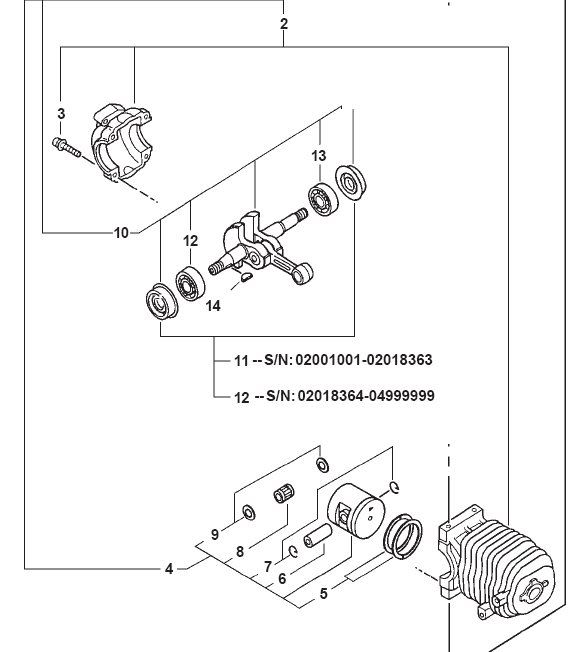volks-man
Arboristsite.com Spooner
Soon as the piston moves up far enough to create a vacume to open the reeds (they open easy) it is on intake, soon as the piston starts coming down and create a little pressure the reeds close and the mix is forced through the tranfers. All the hi performance 2 stroke snowmobile engines use reed valves now making thier best power around 7400 to 8200 RPM on stock sleds. If saws made the same hp per cc as snowbobiles a 70cc saw would have 13.3 hp. Liquid cooling sure helps, not feasable in saws . Steve
so, in these engines, the transfers are fed by piston windows only? if there were transfers at the bottom of the cylinder, like my piston ported cs440, there would be difficulty in producing that vacuum and pressure as you describe it, no?










